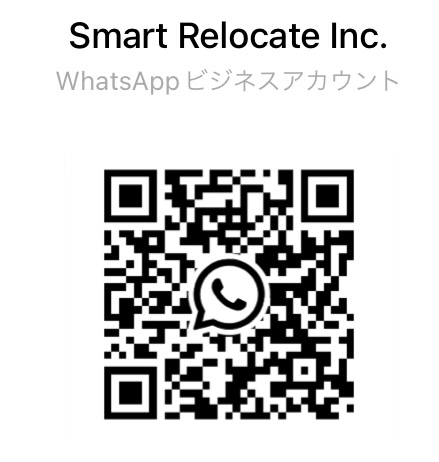Have you ever had trouble understanding the floor plans of rental apartments in Japan?
The way apartment layouts are presented in Japan can be different from other countries, and you might encounter terms like “㎡,” “帖,” and “LDK” that you’re not familiar with.
Here’s a basic guide to understanding the floor plans of rental apartments in Japan.
How to Read Apartment Layouts in Japan
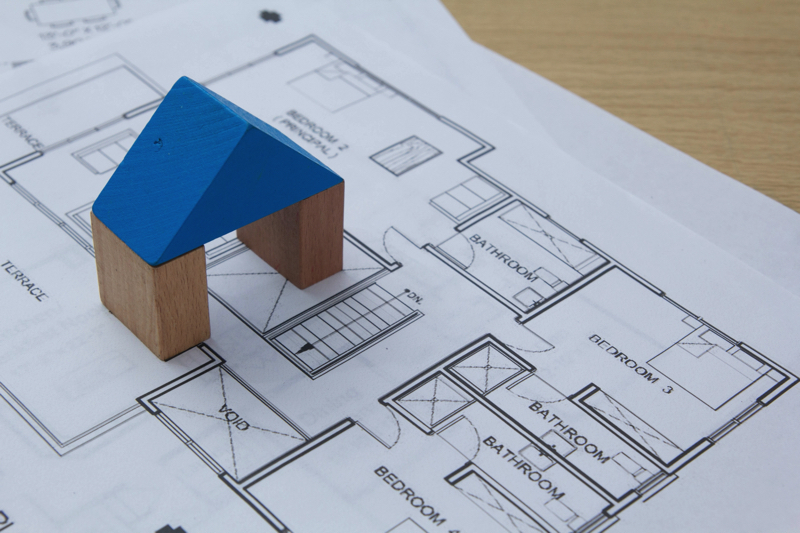
In Japan, when assessing the size of a rental apartment, you need to consider three key elements:
- ㎡ (Square Meters): The total area of the property.
- 帖 (Tatami Mats): The size of individual rooms
- LDK: Apartment layouts
- 坪:The size of land or outdoor spaces.
What does ‘㎡’ in property listings signify?
㎡ = Square meters, and it represents the area in square meters, calculated by multiplying the length and width in meters.
For example, if the dimensions are 6 meters in both length and width, the total area becomes 36 square meters.
㎡ is commonly used to describe the overall size of a room or space, and it is often stated to indicate the total area, including all the rooms.
What does ‘帖'(Jo) in property listings signify?
“帖”(Jo) is a unit used in Japanese real estate listings, and it represents the area equivalent to one tatami mat.
One “帖” is approximately equal to 1.62 square meters. For instance, if a room is labeled as “6帖,” it means the room has an area equivalent to “6 tatami mats” (1.62 square meters × 6 = 9.72 square meters).
It’s worth noting that “帖” may also be written using the kanji character “畳,” (Jo) but “畳” primarily refers to rooms with traditional tatami flooring.
What do “R” and “LDK” represent in property listings?
In Japan, room layouts are often described using the letters R, L, D, and K, which stand for Room, Living, Dining, and Kitchen, respectively. These terms are derived from Japanese words and are used to describe the function of each room.
- R: Room
- L: Living
- D: Dining
- K: Kitchen
“DK” refers to a kitchen with a dining area.
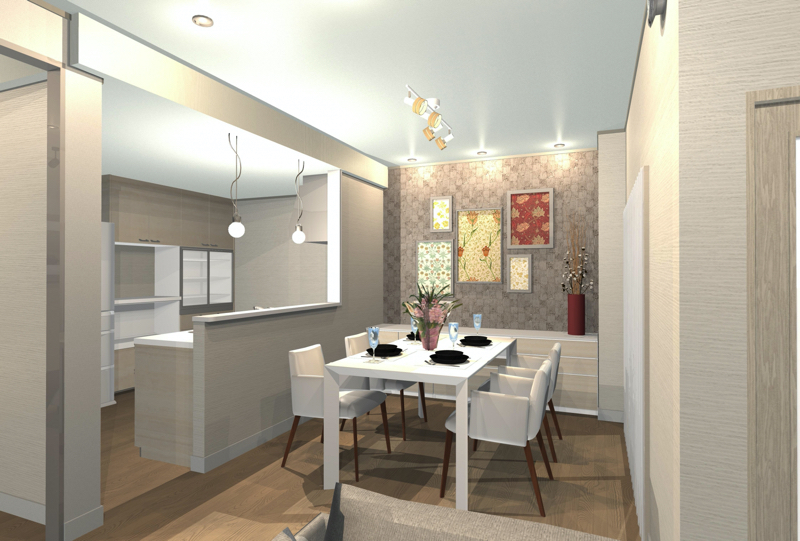
For apartments designed for single occupants, you may come across layouts such as “1R” and “1K.”
- “1R” stands for “One Room,” meaning it’s a unit where all amenities including the kitchen, bath, and toilet are combined in a single room
- “1K” represents an apartment with a separate kitchen area, creating a partitioned space between the kitchen and the main room.
Regarding the bathroom and toilet, there are various types based on size and design, including “none,” “shared,” “unit bath,” and “separate.”
Apartments with no or shared bathroom/toilet facilities are typically lower rent, whereas those with separate facilities tend to be higher rent.
For family-oriented apartments, you’ll often see numerical prefixes before “LDK.”
This numerical part indicates the number of rooms in the apartment.
For example, in this context, “LDK” stands for Living, Dining, and Kitchen, and the numbers describe the number of bedrooms in addition to these common areas.
For example, “3LDK” means a layout with 3 rooms plus a living, dining, and kitchen area.
What does “坪” (Tsubo) represent in property information?
A commonly used unit, especially for single-family houses, is “坪” (tsubo).
Tsubo is approximately 3.3 square meters, equivalent to the space covered by two tatami mats. It is primarily used to measure the size of land or outdoor spaces.
Differences Between Floor Plans in Overseas and Japanese Homes
There are 3 main differences between floor plans in Japan and overseas:
The first difference concerns how floor plans are notated. As mentioned earlier, in Japan, floor plans are typically represented using a combination of the number of rooms and “LDK.”
This notation differs from countries like the United States, where floor plans are often described based on the number of bedrooms and bathrooms, and terms like “Din” (Dining) and “Off” (Office) are not commonly used in Japan. Additionally, in Japanese floor plans, closets are referred to as “storage,” and spaces like studies or home offices are categorized as “rooms.”
The second difference is the position of the living room.
In countries like the United States, it’s common to have the living room immediately inside the entrance. However, in Japan, the position of the living room may vary due to cultural differences and customs.
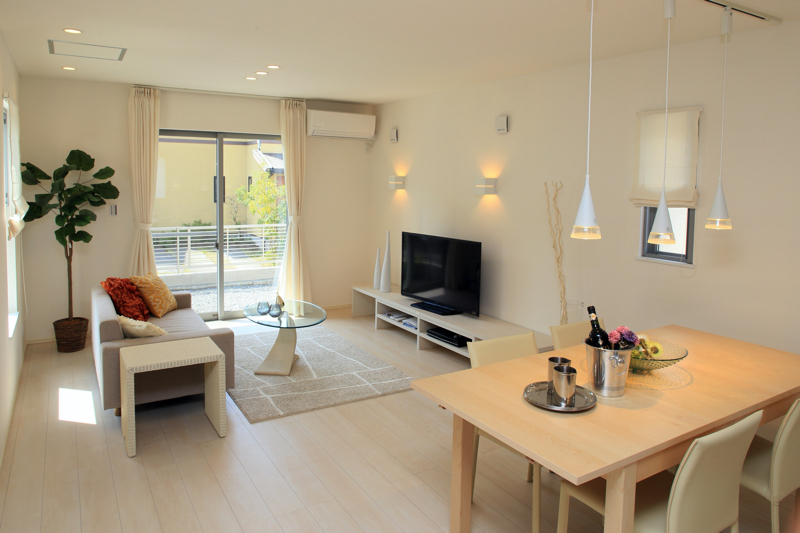
In Japan, it’s common to have an entrance area (“玄関”) for taking off shoes, and many homes are designed with the living room positioned to receive ample sunlight, often facing the south, as people are often concerned about natural lighting.
The third difference is the orientation of floor plans.
In foreign countries, it’s common for floor plans to be drawn with the entrance at the bottom. In Japan, however, floor plans are typically drawn with the south at the bottom and the north at the top.
Points to Consider When Choosing a Rental Apartment in Japan
Living in Japan has differences compared to living abroad, and it’s not just about understanding floor plans. Another important aspect to consider is the change in seasons.
When choosing a rental apartment in Japan, it’s crucial to consider whether you can comfortably experience all four seasons.
For instance, during the “rainy season,” humidity can build up, and inadequate ventilation in the floor plan can lead to mold growth. In “winter,” having many large windows can reduce insulation, potentially resulting in higher heating and utility costs.
While considering how Japan’s climate compares to that of your home country, try to envision the lifestyle in Japan
Moving to Japan? Choose Smart Relocate for Your Support.
Smart Relocate, which assists with shifting to Japan and domestic property searches, listens to the individual needs of people from countries with cultural, habitual, and climate differences from Japan. We provide support in finding properties.
If you are looking for a real estate agency for your move near Tokyo area, please consult with us once.
You can also communicate with us through the “WhatsApp” button at the bottom of the website.
We provide support in both Japanese and English.

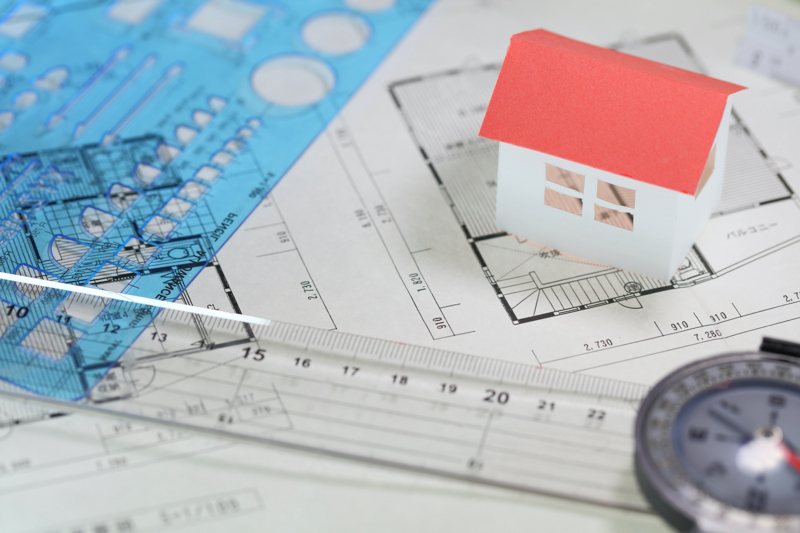
 CONTACT
CONTACT







